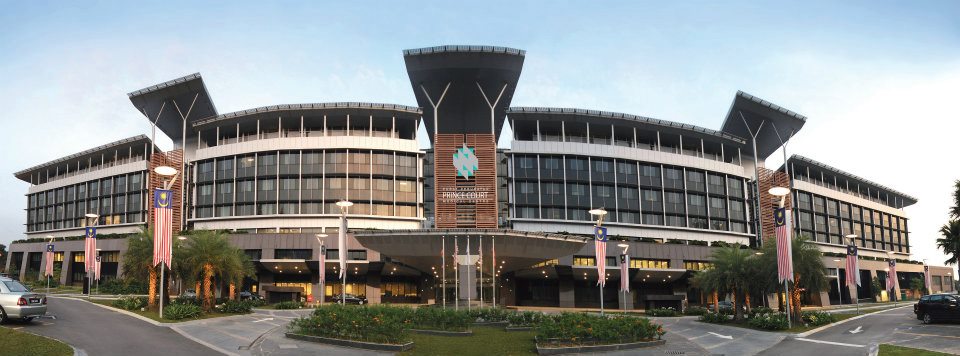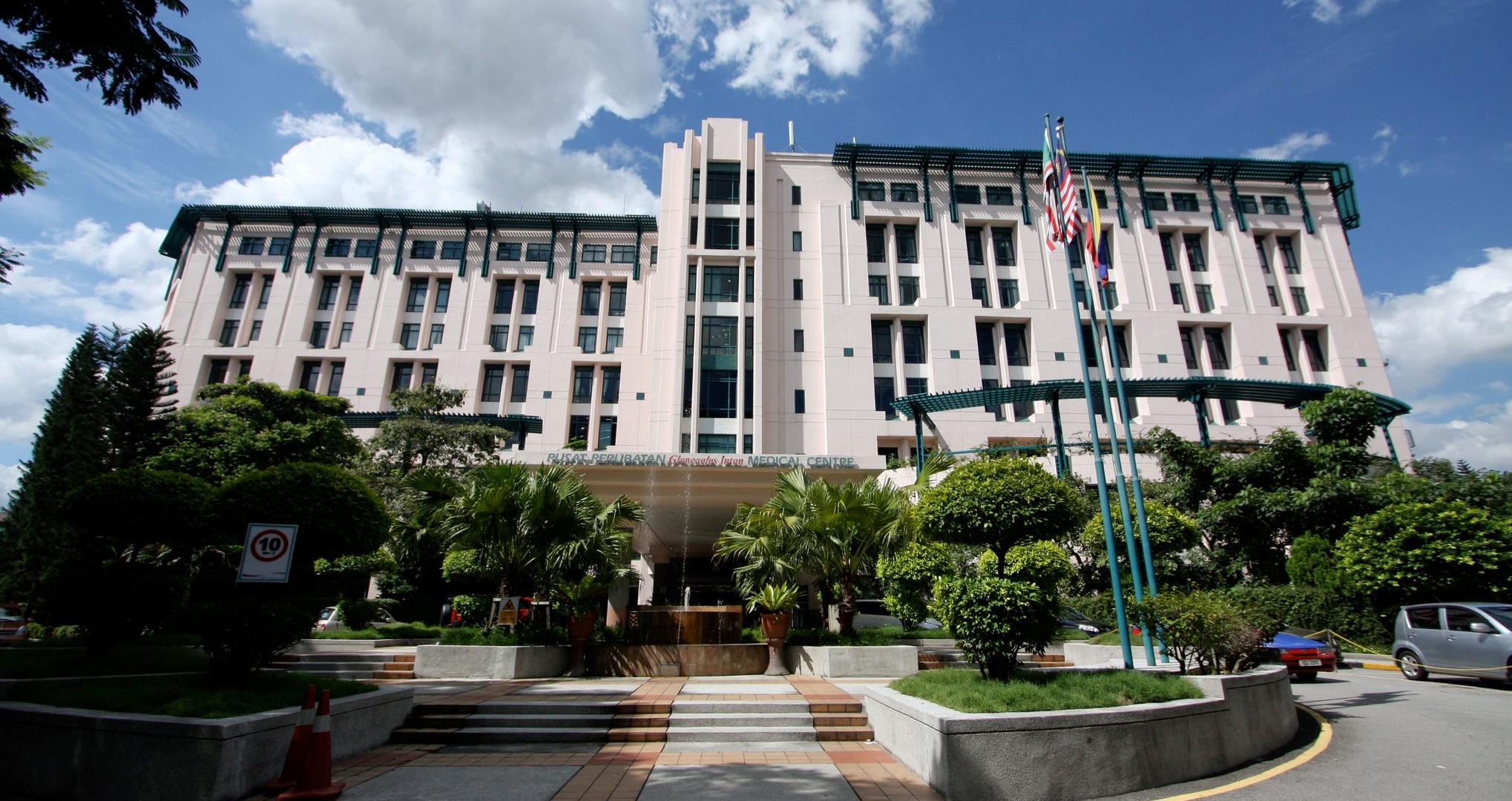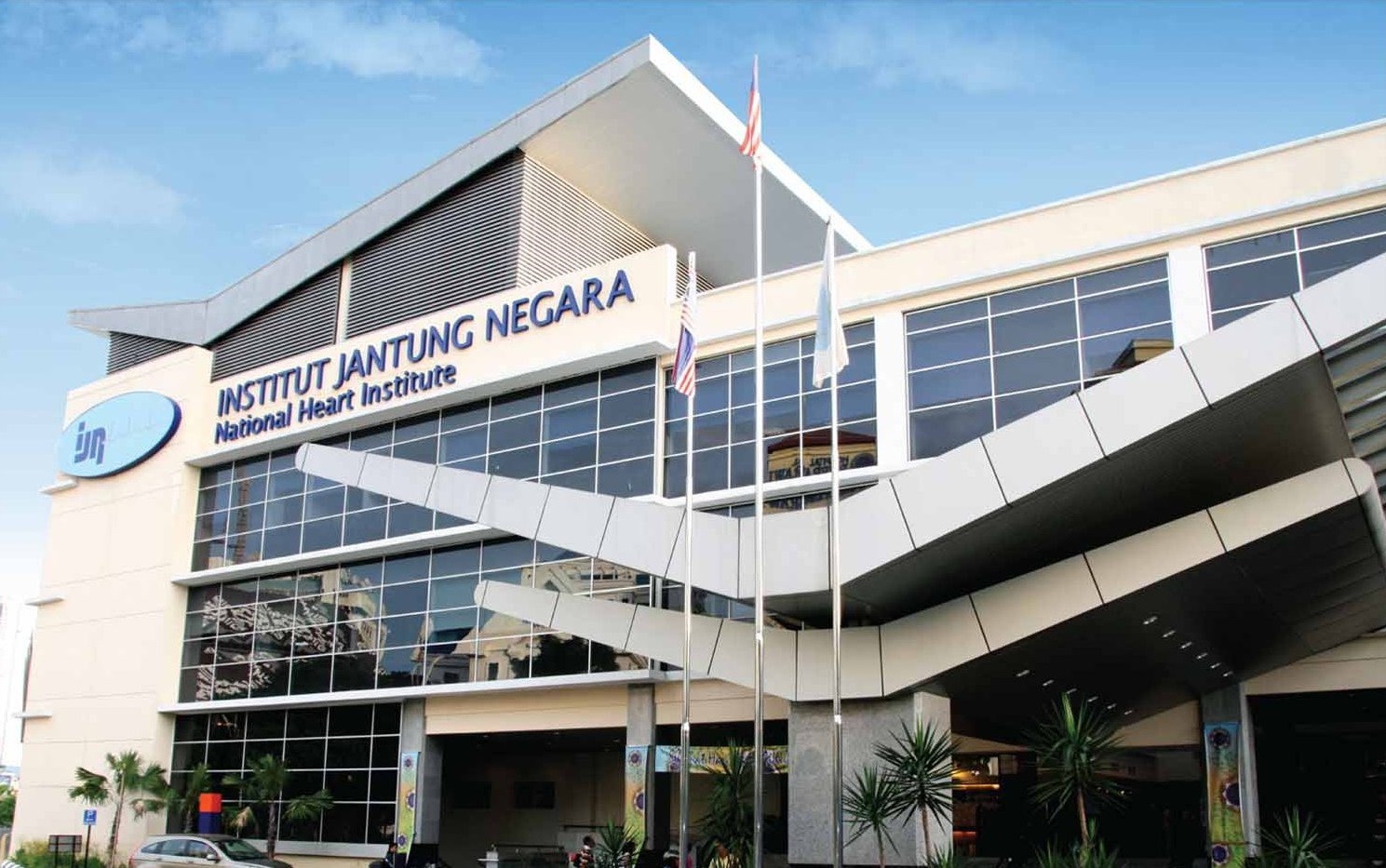More than 800,000 expats and international visitors seek treatment in the hospitals of Penang and Kuala Lumpur every year.
International visitors are attracted to the highly qualified medical staff, state-of-the-art facilities and friendly customer service with strong English-speaking abilities.
Furthermore, the healthcare on offer is more affordable compared to Western and East Asian counterparts.
Malaysia was recently ranked first in the Best Healthcare in the World section of International Living’s 2019 Annual Global Retirement Index.
The country’s top-notch healthcare services, easy availability of specialists and sophisticated infrastructure were among the factors singled out for particular praise. Many hospitals in Malaysia are accredited by Joint Commission International (JCI), as many of the panel doctors were trained in the United Kingdom, the United States or Australia.
Top choices in the capital Kuala Lumpur include stalwart Gleneagles, which has been around since the 1950s, the resort-style Prince Court Medical Centre, named the world’s top hospital for medical tourists in 2013 and 2014, and the Pantai and KPJ chains of private hospital, some of which has responded to the influx of international patients with interpreters’ services in languages such as Arabic, Persian, Japanese, Korean, and Mandarin.
Public and private hospitals deemed excellent
The overall impressions of hospital users in Malaysia have remained consistently high, whether in the private sector or the heavily subsidised public medical services accessed by most citizens.
A report co-authored by the Malaysian Ministry of Health and the Harvard TH Chan School of Public Health found that public hospitals received an 81 percent vote of good/excellent while 72 percent of private hospital users gave the same rating.
Both public and private hospitals received equally glowing reports in more specific areas, such as availability of specialists, ability to give diagnosis and treatment, clarity of doctor’s explanation, courtesy and helpfulness of medical providers as well as outcome of services/treatment.
Malaysia’s public healthcare system is heavily subsidized by the Government, making the treatment cost for Malaysians amazingly affordable. The public, however, will have to contend with a long wait time for a public hospital visit, due to the sheer number of patients they treat.
Malaysians are especially appreciative of the available high-quality choices, reported Bernama.
“The public hospitals are always there for us. That they deliver excellent medical care to one and all should make us proud,” said Teacher V Vasugi.
“By going to private hospitals, it gives me fast access to treatment. I also have the choice on when I want to be treated and I can choose which consultant or specialist that I prefer to see,” said businessman Abdul Rahman Bakar.
Many Malaysians have also come up with a mix-and-match system to take the weight off public services while finding the most accessible yet still affordable medical care depending on their circumstances.
Amy Yee, a locum medical doctor in the private sector, illustrates how this works to Focus Malaysia, namely by weighing up the seriousness of the illness against convenience. Consumers tend to choose private hospitals for minor issues or check-ups, while expensive treatments for life-altering illnesses, many still rely of government hospital.
“If we have a cold, flu or other non-serious illnesses where the treatment and medication are within our means, then it can sometimes make more sense to visit a private clinic and get help as soon as possible,” she explained.
Medical tourism
Malaysia’s medical tourism has been growing between 16% and 17% year-on-year over the last five years, outperforming the global industry’s average growth of between 10% and 12%. It is expected to grow by a quarter this year, to RM1.8 billion in receipts.
According to Malaysia Healthcare Travel Council (MHTC) CEO Sherene Azli, among the areas that Malaysian hospitals excel at are cardiology, oncology, fertility, orthopedics and cosmetic surgery.
“We target to promote treatments that have a high return. Our goal is to make Malaysia the leading global healthcare destination.”
“Malaysia’s cutting-edge technology and state-of-theart facilities in the fields of cardiology and fertility have propelled the country into a hub for both these treatments.” Sherene told reporters, as quoted by the Malaysian Reserve.
Photos Credit: Prince Court Medical Centre, Gleneagles Hospital Kuala Lumpur, National Heart Institute







